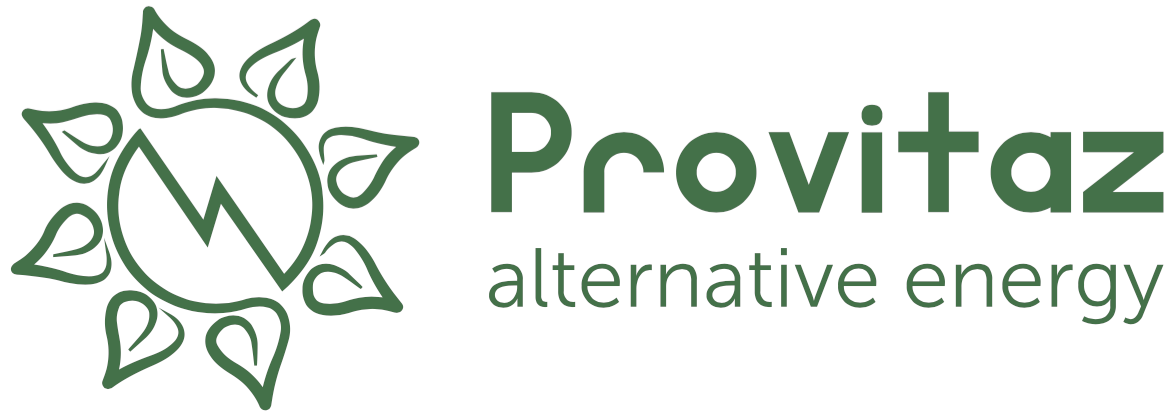If you’ve ever looked at the backside of a solar panel, you’ve probably seen a sticker full of numbers and technical terms. It might look confusing at first, but these parameters are crucial for understanding how your panel will perform in real-world conditions.
This guide will break down the key specifications found on the back of a solar panel in simple terms, helping you make informed decisions when choosing or installing solar panels. And to keep things fun, we’ll throw in some cool solar facts along the way! 🌞⚡
Key Parameters on the Back of a Solar Panel
1. Maximum Power (Pmax) – The Peak Performance
🔹 What It Means: This is the highest amount of power (in watts, W) that the panel can produce under ideal laboratory conditions, also known as Standard Test Conditions (STC).
🔹 Example: A panel labeled 400W Pmax means that under perfect sunlight, it can generate up to 400 watts of power.
🧐 Fun Fact: Solar panels rarely operate at their maximum power in real life due to clouds, dust, and temperature variations.
2. Open-Circuit Voltage (Voc) – The Maximum Voltage Without Load
🔹 What It Means: This is the highest voltage (in volts, V) the panel can generate when no current is flowing (i.e., when it’s not connected to anything).
🔹 Why It Matters: Voc is used to calculate how many panels you can safely connect in series without exceeding the voltage limit of your inverter or charge controller.
🧐 Fun Fact: If you leave a solar panel disconnected on a sunny day, it’s still generating voltage, but no current—like a car with its engine running but in neutral gear!
3. Short-Circuit Current (Isc) – The Maximum Current Without Resistance
🔹 What It Means: This is the maximum current (in amperes, A) the panel can produce when its positive and negative terminals are directly connected (which you should never do!).
🔹 Why It Matters: Isc helps in designing fuses and charge controllers to prevent electrical overloads.
🧐 Fun Fact: Short-circuiting a solar panel won’t make it explode, but it will produce its highest possible current, which could damage cables or controllers if not properly managed.
4. Maximum Power Voltage (Vmp) – The Optimal Operating Voltage
🔹 What It Means: This is the voltage at which the panel operates most efficiently under standard test conditions.
🔹 Why It Matters: The inverter or charge controller should be matched to the panel’s Vmp to maximize power output.
🧐 Fun Fact: Voltage tends to drop when panels get hot, which is why ventilation and cooling help improve solar efficiency!
5. Maximum Power Current (Imp) – The Optimal Operating Current
🔹 What It Means: This is the amount of current (A) the panel produces when operating at maximum power (Pmax).
🔹 Why It Matters: It helps determine wire sizing and overall system efficiency.
🧐 Fun Fact: While higher current means more power, it also means thicker cables are needed to avoid energy loss!
6. Temperature Coefficients – How Heat Affects Performance
🔹 What It Means: Solar panels actually lose efficiency when they get too hot! The temperature coefficient tells you how much power drops for each degree above 25°C (77°F).
🔹 Why It Matters: If you live in a hot climate, choosing panels with low temperature coefficients can improve performance.
🧐 Fun Fact: Cooler weather can make solar panels more efficient, which is why sunny winter days can sometimes generate more power than hot summer days!
7. Efficiency – How Much Sunlight Becomes Electricity
🔹 What It Means: Efficiency (%) tells you how much of the sunlight that hits the panel actually gets converted into usable electricity.
🔹 Why It Matters: Higher efficiency means more power from less space—important for rooftops with limited area.
🧐 Fun Fact: The most efficient commercial panels today exceed 22% efficiency, but experimental space-grade solar cells have reached over 40%! 🚀
Other Important Panel Ratings
📌 Nominal Voltage – Used to classify the panel for system compatibility (e.g., 12V, 24V, or 48V).
📌 IP Rating – Defines protection against dust and water (e.g., IP67 means fully waterproof).
📌 Warranty Info – Most panels come with a 25-year performance guarantee, but output slightly decreases over time.
Final Thoughts
Understanding the parameters on the backside of a solar panel helps you choose the right panel, design efficient solar systems, and troubleshoot performance issues. Whether you’re setting up a home solar system or just geeking out on solar tech, knowing these numbers empowers you to make smarter energy choices.
🌞💡 Fun Fact to End On: Did you know that the world’s largest solar farm—the Bhadla Solar Park in India—covers 14,000 acres and generates over 2,200 MW of power? That’s enough to power over 1.5 million homes!
So, next time you see a solar panel, take a closer look at the specifications sticker—it’s telling you a lot more than you might think! ⚡🔍

